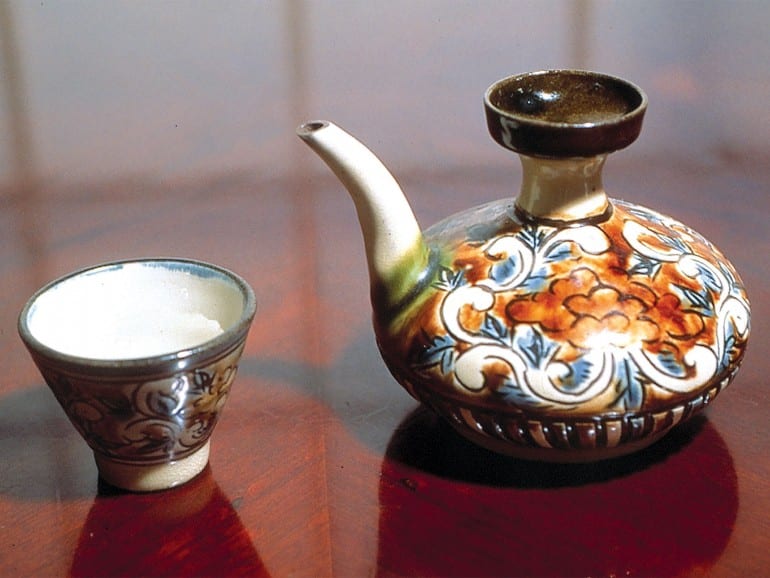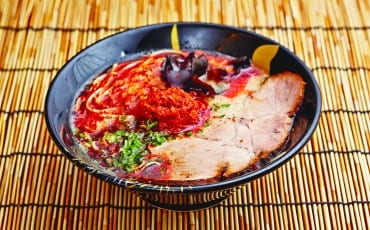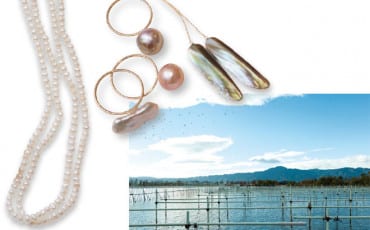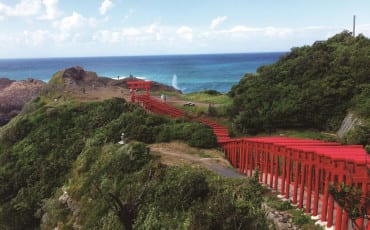- OISHII
- OISHII Wiki
- Sake
- Awamori
OISHII Wiki
Sake
Awamori
Indigenous to Okinawa, Japan’s southernmost prefecture, Awamori is – like Shochu – distilled from rice, rather than brewed. It was supposed to have made its way from Thailand in the 1400s and today, it is still distilled from long-grain rice imported from Thailand. This marks Awamori’s biggest difference from Shochu; other than rice, the latter can be distilled from potato, barley or buckwheat Soba. Local Okinawan black Koji (mould) is used to ferment the rice before distillation.

Most Awamori is bottled and sold right after distillation and dilution with water. The latter process brings down the alcohol levels from 70 percent to more palatable levels of between 25 to 60 percent. However, a small amount of Awamori will be reserved to be aged in earthenware pots. Awamori that has been aged is known as Kusu and is, by law, required to be aged for at least three years.
Mid-range Awamori would usually be aged for around 10 years, while the more premium ranges, 20 to 25 years. The latter would taste extremely smooth and have a complexity of flavours. Little wonder that it’s been likened to a single-malt whisky!
How To Enjoy Awamori
The most popular way to enjoy Awamori is on the rocks, or diluted with a little water. A unique feature of this drink is that a little water will help bring out its distinctive sweetness. It’s recommended that when you add water, you should do it little by little until you find the “perfect” taste. How much water you should add to your Awamori for it to taste just right can differ from brand to brand.
As a clear spirit, it has also drawn comparisons to vodka, but that’s where the similarity ends. Vodka and Awamori taste nothing alike, but the one thing they share in common is that they both make great bases for cocktails. Mix yourself an Awamori Tonic simply by adding tonic water and half a lime. However, some bartenders have gotten creative by shaking Awamori with fruit liquors to make delicious, refreshing cocktails.









